
One car for a household all the way from 1983 till today, and Harpal Singh says that’s the way it will be as long as he’s alive and can drive. This elderly New Delhi couple have shown two generations of Indians what responsible consumption is all about.
Harpal Singh and his wife Gulshanbeer Kaur are the owners of the first ever Maruti 800 car manufctured in 1983. The couple bought the car for Rs 47,500 and its ignition key was given to them by Indira Gandhi, who was prime minister at the time. As a generation that grew up in the 1980s knows, the Maruti 800 was a symbol of pride and progress for the country (Photo of the Maruti 800 and the Singhs is from the Hindustan Times).
“Harpal had sold his Fiat car when he bought the Maruti 800 and drove it for the rest of his life,” is significant paragraph in the news feature on the couple. “When the Maruti Zen was launched, the family advised him to upgrade to Zen but he was adamant that he would not leave this car till he is alive.” In a current automobile consumption culture – practiced by the majority of young professionals – which rewards what the marketers cunningly call ‘upgrading’, the common-sense and responsible view of the Singhs deserves to be emulated. It has after all stood them in good stead for 32 years!

A view of the myriad components that comprise a car. The manufacture of each of these, from sheet metal to a few grams of plastic, has en environmental and climate impact. Image courtesy: Volkswagen
Today’s car manufacturers, their financiers and the industry that supports personal mobility will talk about reduced emissions and fuel saving measures that every new model boasts, and they seek to justify frequent ‘upgrades’ with this argument. The truth, as the Singhs divined long ago, is quite different.
In today’s world sustainable mobility demands a much broader approach. Environmental impacts are not produced only while driving. Long before the vehicle ever travels its first kilometre, raw materials must first be extracted, and components must be manufactured – all these have impacts on climate change because they require energy to produce, energy to move, and energy to assemble.
In every phase of automobile manufacture (which we ought to be far more conscious of now than was the case in 1983) energy and resources are consumed and emissions are released into the atmosphere, the soil and water. The inspirational example of the Singhs has enabled us to look at the complete story when assessing a the environmental impact of a personal vehicle. This is important because today’s throw-away-or-upgrade consumer culture (which extends from mobile phones to cars and much else besides) doesn’t reflect about the emissions that are produced at every stage, be it manufacturing, the service life or recycling. The true green economy, as the Singhs will be able to explain, is about living within one’s means and using less.
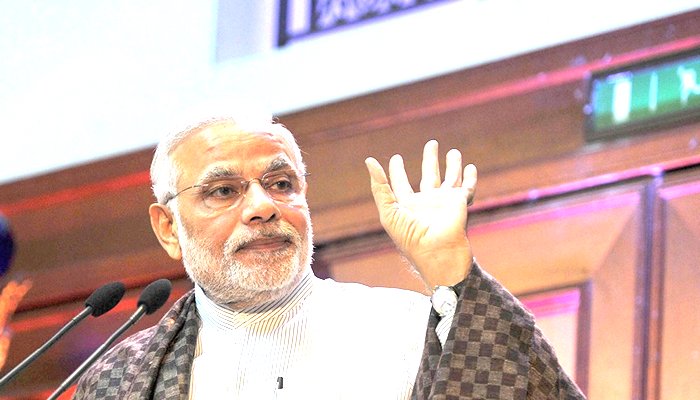

 This is unlikely to result in any constructive recognition of all that is linked. A country’s total emissions is one part of the ‘development’ picture and others are at least as important. There are also tons of CO2 emitted per capita (India has often said that its per capita emissions are far below those of the West). And there is per capita consumption of electricity (which is still mainly generated by burning coal).
This is unlikely to result in any constructive recognition of all that is linked. A country’s total emissions is one part of the ‘development’ picture and others are at least as important. There are also tons of CO2 emitted per capita (India has often said that its per capita emissions are far below those of the West). And there is per capita consumption of electricity (which is still mainly generated by burning coal).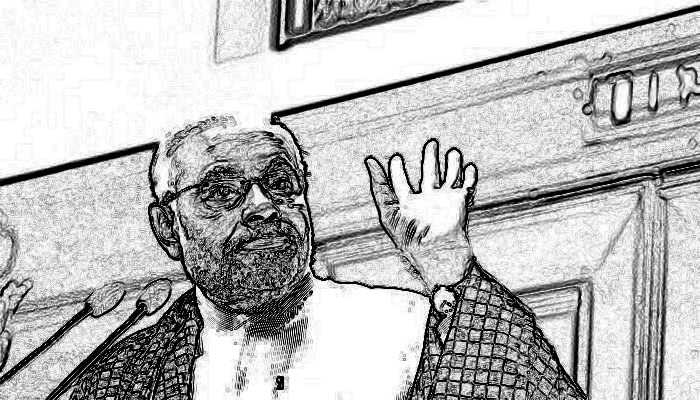 Thus the message to policy-makers is clear – what counts is what you do at home, in states and districts. The expectation that “international cooperation” should guide effective adaptation at all levels is no longer (and in our view has never been) tenable.
Thus the message to policy-makers is clear – what counts is what you do at home, in states and districts. The expectation that “international cooperation” should guide effective adaptation at all levels is no longer (and in our view has never been) tenable.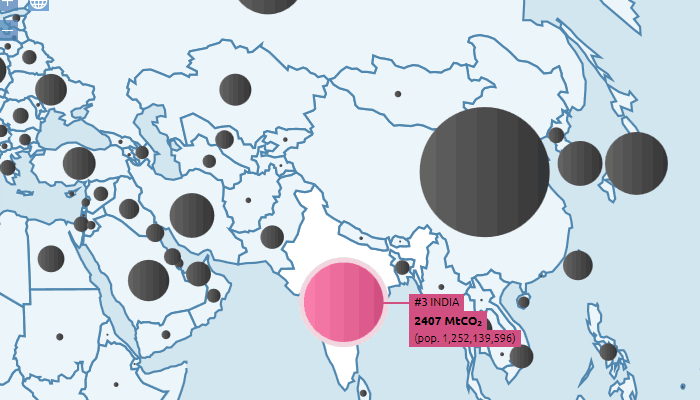

 I have taken the data from two sources. One is the Census of India, for the census years 2011, 2001 and 1991. The other is the Road Transport Yearbook (2011-12) issued by the Transport Research Wing, Ministry Of Road Transport and Highways, Government Of India. The yearbook includes a table with the total number of registered vehicles (in different categories of vehicle – two-wheelers, cars, buses, goods vehicles, others) for every year. The number of households is from the census years, with simple decadal growth applied annually between census years. I have not yet found the detailed data that will let me refine this finding between urban and rural populations.
I have taken the data from two sources. One is the Census of India, for the census years 2011, 2001 and 1991. The other is the Road Transport Yearbook (2011-12) issued by the Transport Research Wing, Ministry Of Road Transport and Highways, Government Of India. The yearbook includes a table with the total number of registered vehicles (in different categories of vehicle – two-wheelers, cars, buses, goods vehicles, others) for every year. The number of households is from the census years, with simple decadal growth applied annually between census years. I have not yet found the detailed data that will let me refine this finding between urban and rural populations. The implications are several and almost all of them are an alarm signal. Especially for urban areas – where most of the buying of vehicles for households has taken place – the physical space available for the movement of people and goods has increased only marginally, but the number of motorised contrivances (cars, motor-cycles, scooters and more recently stupidly large SUVs and stupidly large and expensive luxury cars) has increased quickly. Naturally this ‘growth’ of wheeled metal has choked our city wards.
The implications are several and almost all of them are an alarm signal. Especially for urban areas – where most of the buying of vehicles for households has taken place – the physical space available for the movement of people and goods has increased only marginally, but the number of motorised contrivances (cars, motor-cycles, scooters and more recently stupidly large SUVs and stupidly large and expensive luxury cars) has increased quickly. Naturally this ‘growth’ of wheeled metal has choked our city wards. More motorised conveyance per household also means more fuel demanded per household, and more fuel (and money) wasted because households are taught (by the auto industry with the encouragement of the foolish cohorts I mentioned earlier) that they are entitled to wasteful personal mobility. Over 20 years, the number of cars per household has increased 4.1 times but the number of buses per household has increased only 2.8 times. That is embarrassing proof of our un-ecological and climate unfriendly new habits.
More motorised conveyance per household also means more fuel demanded per household, and more fuel (and money) wasted because households are taught (by the auto industry with the encouragement of the foolish cohorts I mentioned earlier) that they are entitled to wasteful personal mobility. Over 20 years, the number of cars per household has increased 4.1 times but the number of buses per household has increased only 2.8 times. That is embarrassing proof of our un-ecological and climate unfriendly new habits.


![Special bulletin of the India Climate Watch on the China-USA climate 'deal'. [pdf, 91kb]](http://indiaclimateportal.org/wp-content/uploads/2014/11/ICW_special_image_201411.png)

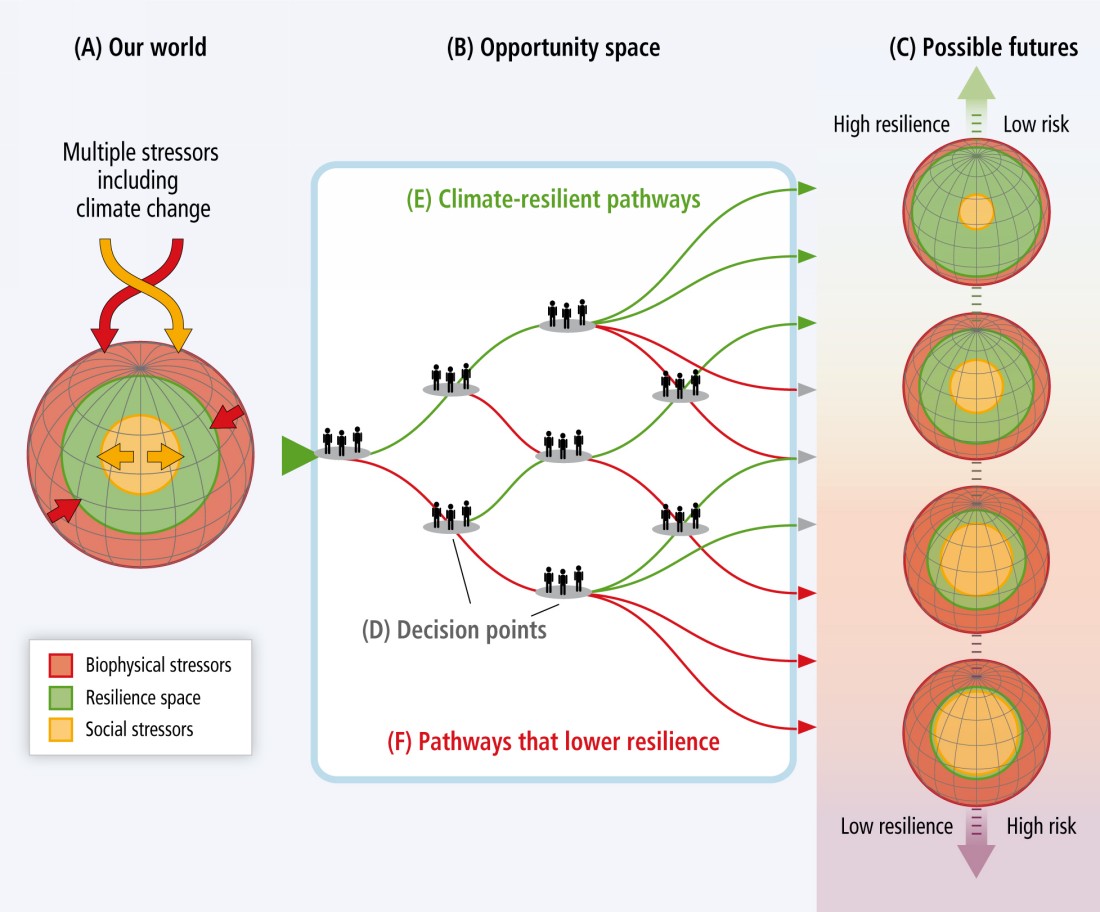

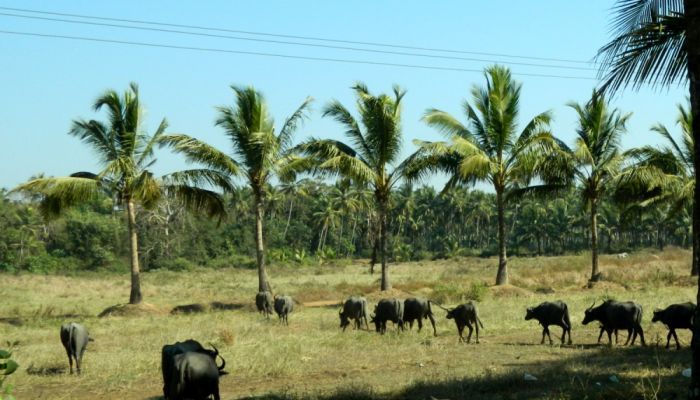
 What is germane to us is: has the IPCC process and method an Indian outlook that will be of as much utility at home as it has been to the inter-governmental effort? A short answer will be ‘no’ to the first query (because it is about science, evidence and international consensus and not about national priorities) and ‘don’t know’ to the second. There is no reason why a ‘don’t know’ should persist, as the Fifth Assessment process comes to a close, for the size of India’s population and economy, and the likely effects climate change has and is forecast to have on our 35 states and union territories ought to have turned climate change into common currency wherever planning is carried out and implemented.
What is germane to us is: has the IPCC process and method an Indian outlook that will be of as much utility at home as it has been to the inter-governmental effort? A short answer will be ‘no’ to the first query (because it is about science, evidence and international consensus and not about national priorities) and ‘don’t know’ to the second. There is no reason why a ‘don’t know’ should persist, as the Fifth Assessment process comes to a close, for the size of India’s population and economy, and the likely effects climate change has and is forecast to have on our 35 states and union territories ought to have turned climate change into common currency wherever planning is carried out and implemented.

